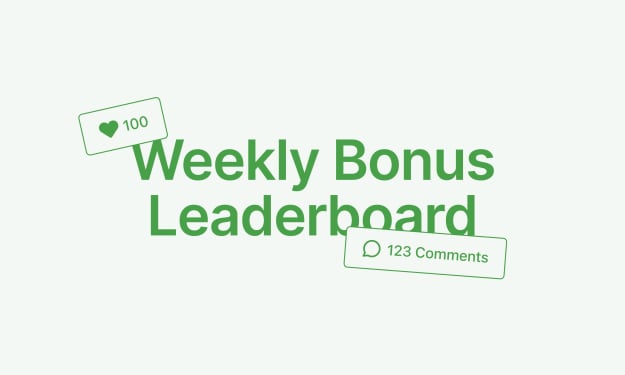CAD Packaging and Label Designing
CAD Drafting

Computer-aided design, or CAD, has transformed several industries; simply two examples are packaging and labeling. This article will discuss computer-aided design (CAD) and its potential applications, limitations, and packaging and labeling applications.
Using computer programs to produce detailed and accurate drawings is known as CAD programming. Before going into production, it also enables designers to sketch real-world scenarios, visualize concepts, and produce 2D and 3D models.
CAD's significance for packaging and labeling
Computer-aided design (CAD) is central to packaging and labeling where product innovation, costing and presentation are critical.
CAD Design's advantages for packaging and labeling
Accuracy and precision
Using CAD drafting services, packaging designers can produce the most accurate and precise drawings, assuring that all measurements and standards are strictly adhered to
Time and Cost Efficiency
By streamlining the procedure and doing away with the requirement for tangible prototypes, CAD significantly lowers the time and expense associated with packaging and labeling.
Customization
Packaging designers may readily adapt packaging to match the needs of various products thanks to CAD, which also makes labeling techniques easier. This opens up a vast range of product options.
Enhanced Interaction
Computerized design, or CAD, reduces errors and miscommunication by facilitating rapid file exchange and accurate translation between designers, architects and clients.
CAD Programs for Labeling and Packaging
Popular CAD Software Used
Software used frequently in CAD for packaging and label design includes Adobe Illustrator, SolidWorks, and AutoCAD.
Considerations for CAD Software Packaging and Labeling
Features like parametric modeling, assembly tools, and interoperability are crucial for effective design workflows when selecting CAD software for packaging design.
CAD Design Process for Packaging and Labeling
Initial Conceptualization
Conceptualizing concepts and comprehending customer needs are the first steps in the design process, which is subsequently converted into design sketches.
2D Sketching and Drafting
Designers refine concepts and layouts in 2D sketches and drafts using CAD software before proceeding to the next phase.
3D Modeling
Designers create intricate 3D models with structural components, graphics, and labeling information after the 2D design is complete.
Testing and prototyping
Using CAD designing and drafting services, packaging ideas can be virtually tested and prototyped before production to ensure usability, durability and aesthetics.
CAD Packaging and Labeling Design Challenges
Complexity of Packaging Designs
Packaging design can be complex, requiring extensive computer-aided design (CAD) capabilities to effectively handle complex design and aesthetics.
Maintaining Structural Wholeness
Designers must ensure that packaging designs maintain structural integrity throughout various stages of production and distribution.
Compatibility with Printing Processes
It is necessary for CAD designs to work with printing processes, taking into account aspects such as substrate compatibility, color management, and print resolution.
Adherence to Regulations
Regulations pertaining to labeling information, safety regulations, and packaging materials must be followed by designers, which can be difficult when using CAD software.
Upcoming Developments in CAD Packaging and Labeling Designing
Integrating machine learning and AI
Advances in AI and machine learning will improve CAD capabilities, enabling automated design optimization and predictive analysis of packaging solutions.
Environment and sustainability
When developing environmentally friendly and sustainable package solutions, CAD becomes important in considering aspects such as material efficiency, biodegradability and recyclability.
Virtual Reality in Packaging Designing
Better design decisions will be made possible by the incorporation of virtual reality technologies into CAD software, which will enable designers to see and feel packaging concepts in realistic virtual surroundings.
Case Studies
Successful Implementation of CAD in Packaging Industry
Case studies showcasing how companies have successfully implemented CAD to streamline packaging design processes and achieve cost savings.
Innovative Labeling Solutions Enabled by CAD
Smart labels and interactive packaging are two instances of creative labeling solutions made available by CAD technology.
Conclusion
To sum up, CAD design is essential to the packaging and labeling sector, providing advantages including accuracy, productivity, and creativity. CAD will become more and more important in determining the direction of packaging design as technology develops.
FAQs
What part does CAD play in the design of packaging?
Packaging designers can produce sophisticated items with improved use and aesthetics at a lower cost of production by using computer-aided design (CAD).
In what ways can CAD lower production costs?
Using CAD to streamline design processes and do away with physical prototypes lowers production costs associated with labeling and packing.
For packaging design, which CAD application is most useful?
Packaging designers regularly employ major computer-aided design (CAD) programs including the software SolidWorks CAD programs such as and Adobe Illustrator because to their adaptability.
What typical difficulties arise when creating packaging designs with CAD?
Handling complex packaging, maintaining system integrity, ensuring compatibility with publishing systems, and regulatory compliance are common problems.
Which CAD program works best for packaging design?
Because of their versatility, prominent CAD (computer-aided design) technologies like SolidWorks or Illustration by Adobe are often used in packaging design.





Comments
There are no comments for this story
Be the first to respond and start the conversation.